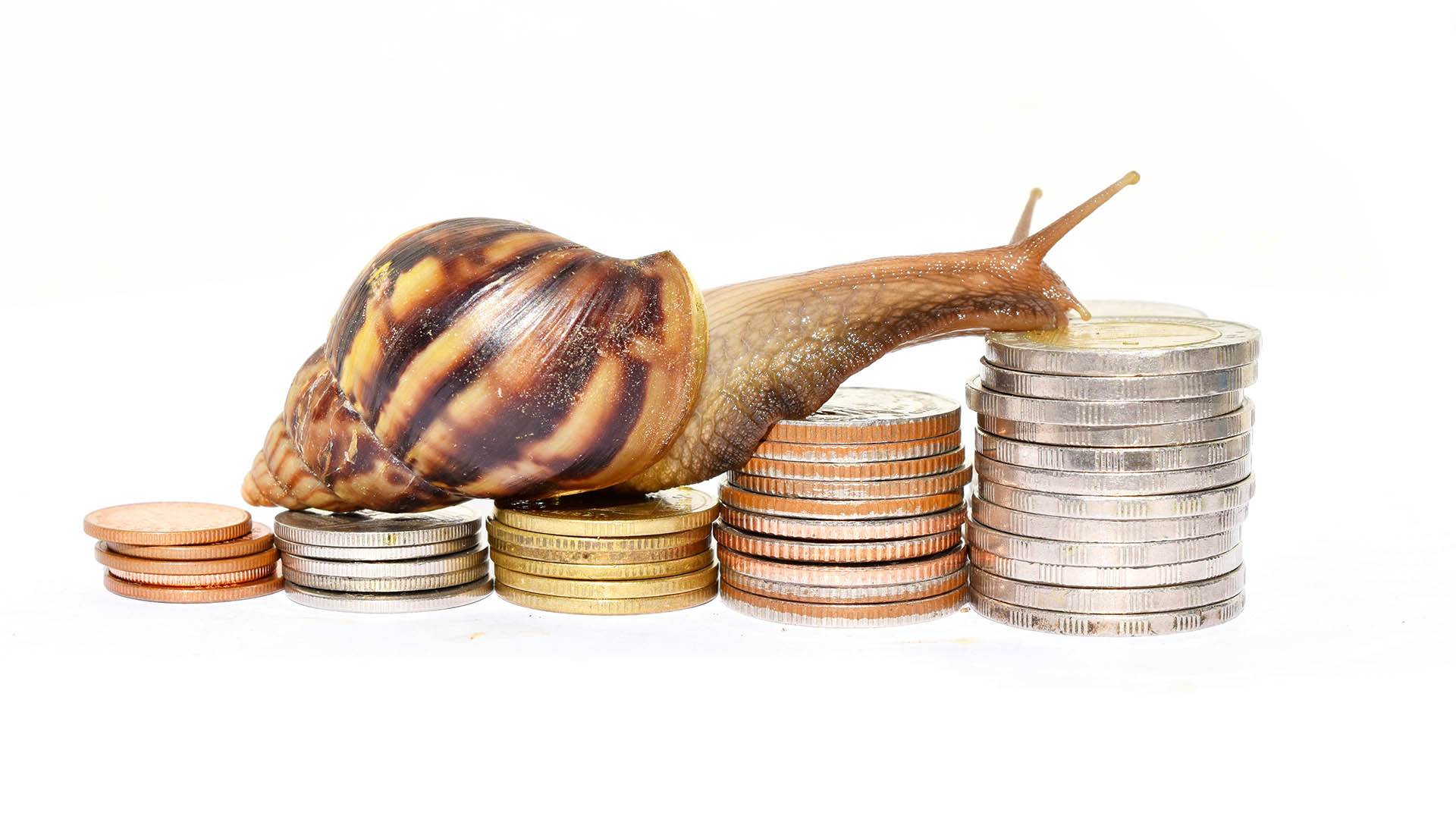Monday’s record price for Coles Group shares of $16.15 was quickly undone yesterday as 24 hours of analysis and second thoughts found gaping holes in the company’s performance and cast doubt on prices above the $16 a share level in any buyout.
Coles shares finished 21c lower at $15.94 after falling as low as $15.75 in a market that sank in the afternoon.
Investors have come to the discovery (evident on Monday in an examination of the figures released for the first half of the current financial year), that Coles is lagging rival Woolworths and Metcash badly.
The results from a diverse group of retailers, from little Oroton group and Noni B, to David Jones, Harvey Norman, Woolies and yesterday, Myer, all showed companies riding the current buoyant conditions for all retail sectors.
They all have management deep with retailing experience and skills, unlike Coles which is light on.
That showed in the revamp revealed last year, its execution and the stunning lack of ability in working out how to save the new strategy: there were just no ideas and the company flopped back to the sell out proposal, literally throwing in the towel.
That’s the real message from the announcements on Monday and quite a few investors missed it completely in their enthusiasm to top up or hop into yet another private buyout gold mine.
Just look at what the interim figures told us: in the strongest retail conditions for over a year Coles’ profit fell, especially in what is supposed to be the earnings powerhouse, supermarkets and liquor.
Its EBIT margin was static at 3.84c. Woolies boosted its margin in Supermarkets and Liquor to 5.21c.
Game over and investors have to realise that the supermarkets, liquor and Coles Express business is supposed to generate most of the $16 a share or more hoped for sale price.
The upshot of the less than average results from supermarkets, Kmart (a disaster) and Target, static and showing no growth, is that Coles was deserted by customers in the half. The rebranding and killing off of Bi-Lo certainly contributed, but Coles managed to put off thousands of people who just went elsewhere.
The question now the private buyout groups and others in retailing are asking: is this reversible by current management in this half (the answer would have to be a thumbs down), is it reversible by new management or is it terminal with those alienated not returning, ever.
You can never say never in any business: just look at the recovery in performance at David Jones and Oroton group, two retailers (in vastly differing segments) which in the past managed to upset and lose customers.
And if this downturn in Supermarkets in particular (and also in Target) is going to persist in this half, then that means whatever leverage Coles had over the private buyers groups, has been greatly reduced?
The question some farsighted analysts are posing: is Coles a price setter, or price taker in the split and sell-off?
Coles knows its position has been weakened: that shows in the decision to allow a maximum of six players in the any group bidding for the so-called ‘everyday needs group’ of supermarkets, liquor, petrol and Kmart.
In reality it’s a subtle but obvious stratagem to try and suck up to the KKR-led group which was twice rejected last year, the last one at $15.25 a share.
Interested parties will look and conclude that Bi-Lo has been damaged beyond repair and that Kmart is heading that way.
It is a singular achievement of CEO, John Fletcher and the Coles board that they have managed to stuff up two solid retail brands in the space of six to eight months.
Bi-Lo should have been sold off last year to the likes of Metcash. They would have known what to do with it.
The so-called takeover protocols announced on Monday to try and encourage a competitive bidding process will prove to be of limited value.
Coles could get to the situation that buyers remain uninterested unless there’s a relaxation in these limitations. KKR and its partners remain the most obvious buyer of the whole group or of the supermarkets-centered business on its own.
Analysts didn’t like the numbers released on Monday: some said there was ‘too much noise’ and that it wasn’t a ‘quality’ result.
That’s analyst code for a feeling the numbers where made to look a bit better (or a lot) than they should have been.
The reported net profit was $501 million up 3 per cent, but analysts stripped out a number of significant items and came up with a figure around $429 million to $445 million.
They also pointed out that acquisitions accounted for over half the profit growth within Food & Liquor (Hedley Hotel group for example).
The one thing we can be sure of is that barring an almighty market slump, Coles will be sold, either in one lump or broken up.
That will happen in the next six months, perhaps a touch longer.
The rotten results on Monday make that a certainty and the price will struggle to get to $16 a share.













